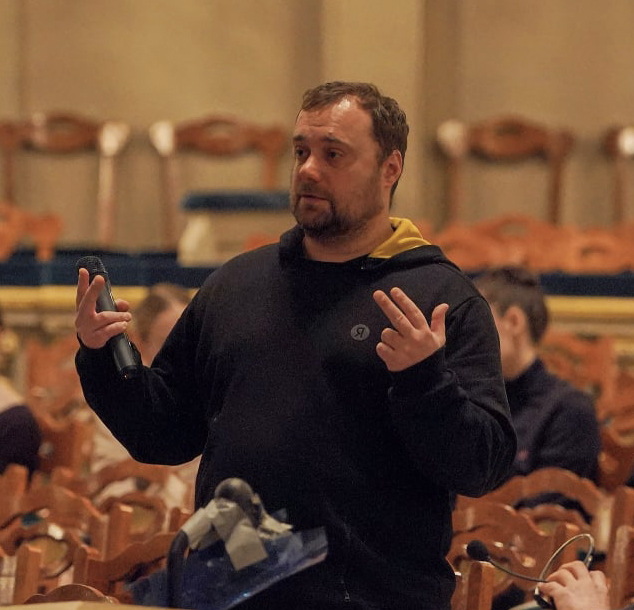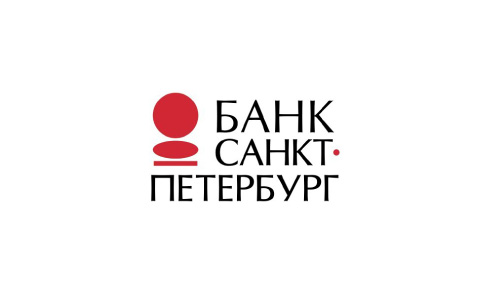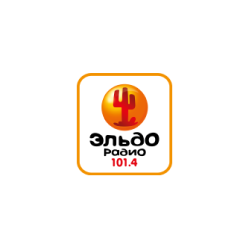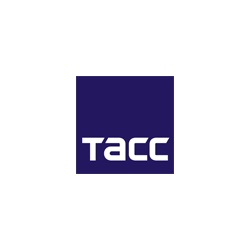Vyacheslav Samodurov: ‘An artist must be versatile’
Leonid Yacobson Ballet Theatre is working on a new show, Cheeky Chastushki, with music by Rodion Shchedrin. Vyacheslav Samodurov, the production’s director of choreography, is a three-times winner of the Golden Mask award and art director at the Ural Ballet. An outstanding danseur, he became famous for his virtuoso performance technique and worked as principal at renowned ballet companies. Later on, he devoted himself to making a career as a choreographer, quickly rising to the top and joining the Russia’s most promising ballet masters. The première will take place on 16 December at the historical venue of the Mariinsky Theatre and will become part of Shchedrin-90, a grand festival in honour of the great musician’s 90th birthday.
Vyacheslav, you danced on the best ballet stages around the globe, and then went on to become a successful choreographer. What prompted you to take that step?
It happened entirely by accident. In 2006, Aleksey Ratmansky offered me to join Bolshoi Theatre’s workshop for young choreographers. I agreed, and so began my career as a choreographer.
Which of your professional quality as a dancer you valued above all, and what is the core of your artistic credo as a choreographer?
Back when I was a dancer, I found everything around me very interesting: I loved studying the works of different choreographers and learning how to move my body in different ways. I was driven by curiosity, and today, as a choreographer, I am still trying to do something I have never done before in each of my works.
What part of Cheeky Chastushki appealed to you? What is the idea behind your approach to this production?
For me, the main part of dance is always the music, and likewise, Shchedrin’s music is what appeals to me the most in Chastushki. It’s a monumental work of art, with tremendous amounts of energy. Despite the cutesy name, I’d say these chastushki songs are more vicious than cheeky. And by the end, the music becomes harsh, almost aggressive. It’s a serious, brilliant creation, which needs to be treated with the respect it deserves.
Nastya Nefyodova, the production’s art designer, cooperated with you closely to create the set for the show. She recently gave me a sneak peek into your brains. According to Nastya, Chastushki are all about the passionate rhythm. Which works really well with the clipped, snapshot-like choreography that you came up with...
The first part of the ballet is, indeed, partially made out of snapshots. That’s how we perceive and share any information these days, though: in bite-sized titbits.
In her conversation with me, Nastya expressed a rather bold vision of this show: as a story of street life, straight from the ‘hood. Do you share her interpretation?
Chastushki as a song genre are often associated with something archaic, but a similar form of biting, irreverent folk humour still exists today, which is why we are trying to choreographically portray the chastushki of modern times.
Have you ever had a chance to interact with Leonid Yacobson’s choreography?
Unfortunately, only in theory: we studied his work in ballet school, and later I saw multiple productions from Yacobson Ballet’s repertoire. And now that I am rehearsing at this theatre, I am looking at this remarkable choreographer, who has ahead of his time in many respects, with all-new eyes.
You are currently collaborating with a creative team that is motivated to preserve and expand the heritage of a great 20th century dance innovator. Do you find this important? Does this create a favourable environment for the creative experiments that you are so fond of?
I have found it very interesting to work with the Yacobson troupe, these young people’s enthusiasm to try out new things is really infectious. And in fact, this production is not meant to rely on corps de ballet: everyone involved there is a soloist, which I see as a 21st-century continuation of Yacobson’s ideas. The troupe is highly skilled, each performer is charismatic, and I am finding myself inspired by our collaboration. There is this feeling that I am working with artists that hunger for new information, and the rehearsals are crackling with creativity. For a choreographer, this matters.
Has your past experience with the Dance Platform project for supporting young choreographers been helpful?
That was something a little different, but when I am rehearsing, I always have an eye out for dancers who are not only quick on the uptake, but eager to share their own ideas about the choreography. As a rule, people like them have what it takes to create their own works in the future. Any dancer will benefit from experience as a choreographer. When, back in the day, I asked Aleksey Ratmansky why he offered the job to me specifically, he said, ‘Because I remember the way you worked’.
Was it particularly meaningful for you to be invited personally by Andrian Fadeev, the head of the troupe, considering your shared background at Mariinsky?
I have always greatly respected people who want to create something new, which was why I was delighted to accept Andrian’s invitation. Plus, I was fascinated by the prospect of working with a completely unfamiliar troupe. Andrian and I had previously discussed a potential collab for a long time. I am happy that it finally came to be, and grateful to be invited.
I think that another circumstance that you and Andrian Fadeev have in common that he got to breathe a new life into a ballet company with a prominent cultural background almost at the same time as you did. What challenges did you have to face on your way to creating a troupe of your dreams? Generally speaking, what is the most important thing for ballet theatre today?
When, in 2011, I accepted my position as head of the troupe that would later become known as Ural Ballet, it was not as much of a challenge as a learning experience. When dancers spend many years performing mostly classical repertoire, they get used to a certain set of stereotypes. And I wanted for my artists to be versatile, to absorb all kinds of information. The more open-minded a dancer is about their body language, the more interesting it is to work with them, and the more impact you get from the final artistic results. I am glad to see that so much is changing in Russia, with multiple theatres diversifying their repertoires.
Do you have role models in your professions?
There are many names that I respect, both among dancers and choreographers, and among theorists. I was greatly influenced by the remarkable British choreographer and director Wayne McGregor. He has incredible positive energy, and creative and personal interactions with him spurred me on to work harder.
What will you do next, after you are done working with Yacobson Ballet?
On 14 April, we will be holding a première performance of the Sextus Propertius ballet, set to Alexey Sysoev’s music, which he composed specially for Ural Opera Ballet. Come join us!
Interviewed by Tatyana POZNYAK













